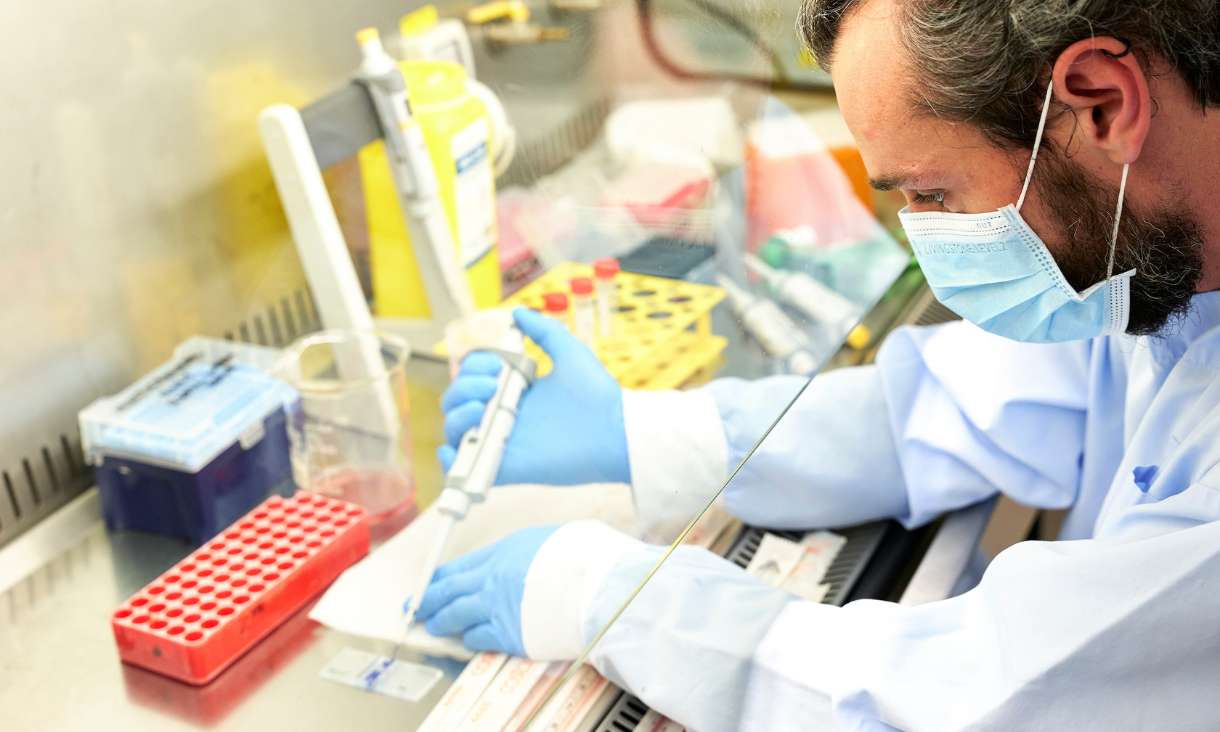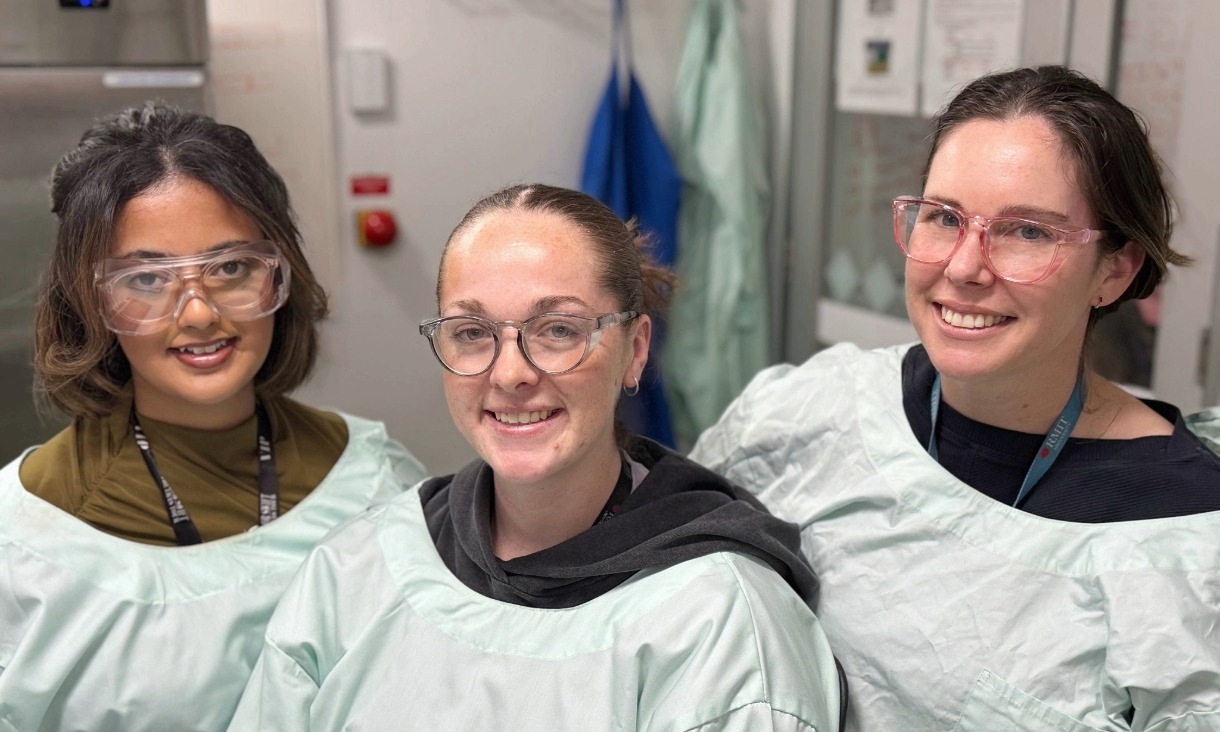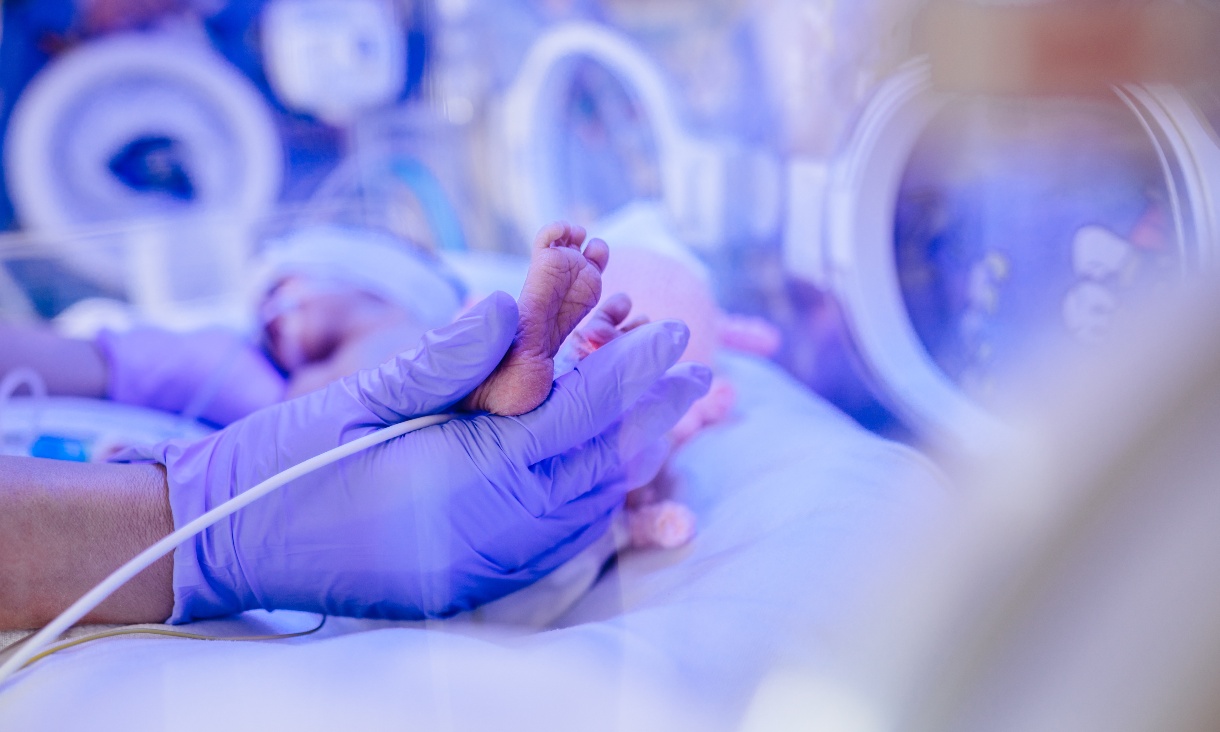RMIT launches Accelerator for Translational Research and Clinical Trials
Last month, the University launched the Accelerator for Translational Research and Clinical Trials (ATRACT), a research centre that empowers STEM researchers to translate excellence in fundamental research in cancer, immunology and infectious diseases into global impact.
Zapping stem cells could boost growth of new tissues and organs
Scientists in Melbourne have discovered how tiny electrical pulses can steer stem cells as they grow, opening the door to new improved ways of creating new tissues, organs, nerves and bones.
Coffee waste helps make lower carbon concrete
RMIT researchers are advancing new ways to cut the carbon footprint of infrastructure by turning everyday organic waste into useful construction materials.
The impact of early life events on lifelong health
RMIT researchers are investigating the earliest moments of life and their role in the development of neurodevelopmental disorders.









